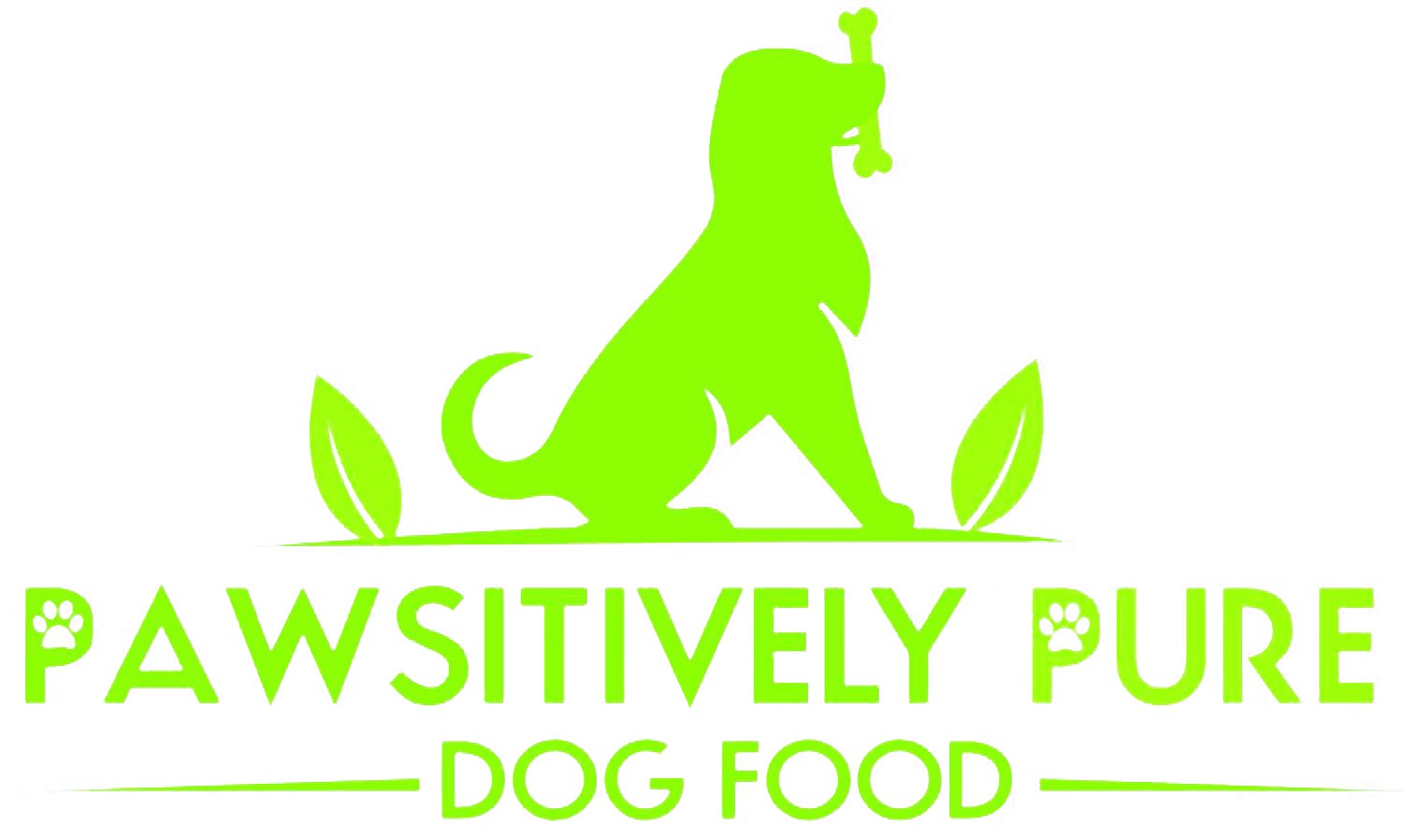Did you know that the first ever pet insurance policy in the U.S. was issued to TV’s Lassie in 1982? It’s hard to believe that pet insurance has been around for so long, but we’ve definitely been hearing more about it in recent years. Vet visits can be expensive, but they’re a critical part of your dog’s overall health and wellness. Pet insurance helps offset those costs, but still, some pet parents hesitate to get it. Is it a good idea? Is it a necessity? How do I know I’m getting the right plan for my money?
Why Pet Insurance is a Good Idea
We have pet insurance for our dog, Jackson, and we highly recommend it for senior dogs. As you may have read in our previous blog, senior dogs should be going to the doctor more often than their adolescent and adult counterparts. Pet insurance not only helps offset your regular visit costs, it also provides special coverage for unexpected illnesses and injuries.
Unlike human insurance policies, pet insurance gives you a wider selection of veterinarians in your treatment area. It means that you’re able to find the best care and treatment for your dog without being so limited by family finances. Of course, securing pet insurance when your dog is younger or when you first adopt him or her helps you get the best policies. Still, your dog is family and you always want the best for them.
What to Look For in a Pet Insurance Policy
Now that you know you need one, what should you be looking for when you choose an insurance policy? Money.com recently listed their top 10 best pet health insurance companies, and we’ve gained a lot of insight from their article.
Does the policy have a deductible?
Much like human insurance policies, pet policies are often made with a deductible that you need to reach before they start covering your expenses. Some plans allow you to set your own deductibles. Others, like Embrace, base your deductible on how often you need medical services; every year you don’t file a claim, embrace reduces your deductible by $50. Keep an eye out for policies that have per-incident deductibles.
Is there a waiting period for reimbursement?
The time you have to wait before you’re reimbursed for your vet expenses varies from company to company. According to Money.com, a majority of companies require a wait of at least 2 weeks before they reimburse you for what you spent to treat an illness. The speed with which you’re reimbursed often depends on the nature of your visits. Payment for injuries and accidents often happens more quickly than payment for chronic illnesses.
What treatments and procedures are covered by my policy?
Again, similarly to human insurance policies, every dog insurance policy covers different things. Your standard insurance policy will cover visits for injury and illness, with options to add on coverage for preventive care, dental care, and so on. Keep in mind that pet insurance policies most often do not cover preexisting illnesses, so any visits to treat conditions your dog had before you enrolled them in health insurance will not be covered.
Your Veterinarian Can Help
Your vet should be able to point you in the direction of the best insurance option for your dogs. Pet insurance companies require a full checkup for your dog before they can be enrolled, so if you haven’t already selected a veterinarian, now is a great time to do so. We’d love to hear more about your experiences with dog health insurance. Send us a message on Facebook at Pawsitively Pure Dog Food, or fill out the contact form on our website.





